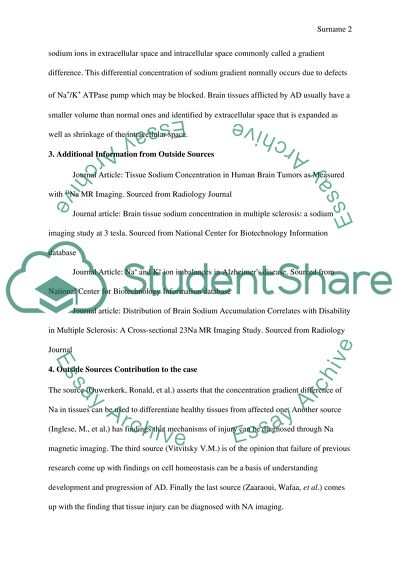Cite this document
(“Brainscapes Case Study Example | Topics and Well Written Essays - 750 words”, n.d.)
Brainscapes Case Study Example | Topics and Well Written Essays - 750 words. Retrieved from https://studentshare.org/biology/1474855-brainscapes
Brainscapes Case Study Example | Topics and Well Written Essays - 750 words. Retrieved from https://studentshare.org/biology/1474855-brainscapes
(Brainscapes Case Study Example | Topics and Well Written Essays - 750 Words)
Brainscapes Case Study Example | Topics and Well Written Essays - 750 Words. https://studentshare.org/biology/1474855-brainscapes.
Brainscapes Case Study Example | Topics and Well Written Essays - 750 Words. https://studentshare.org/biology/1474855-brainscapes.
“Brainscapes Case Study Example | Topics and Well Written Essays - 750 Words”, n.d. https://studentshare.org/biology/1474855-brainscapes.


